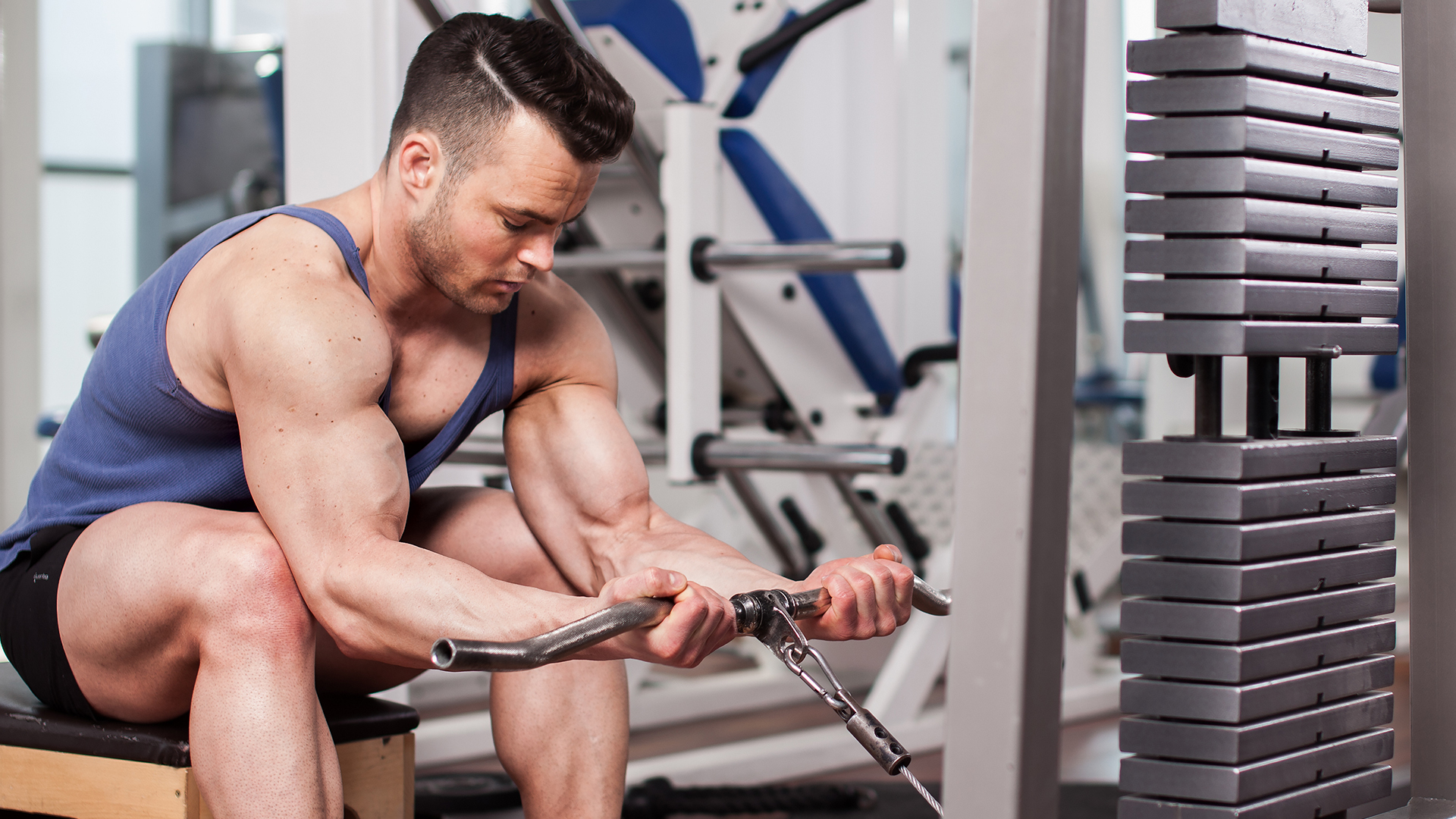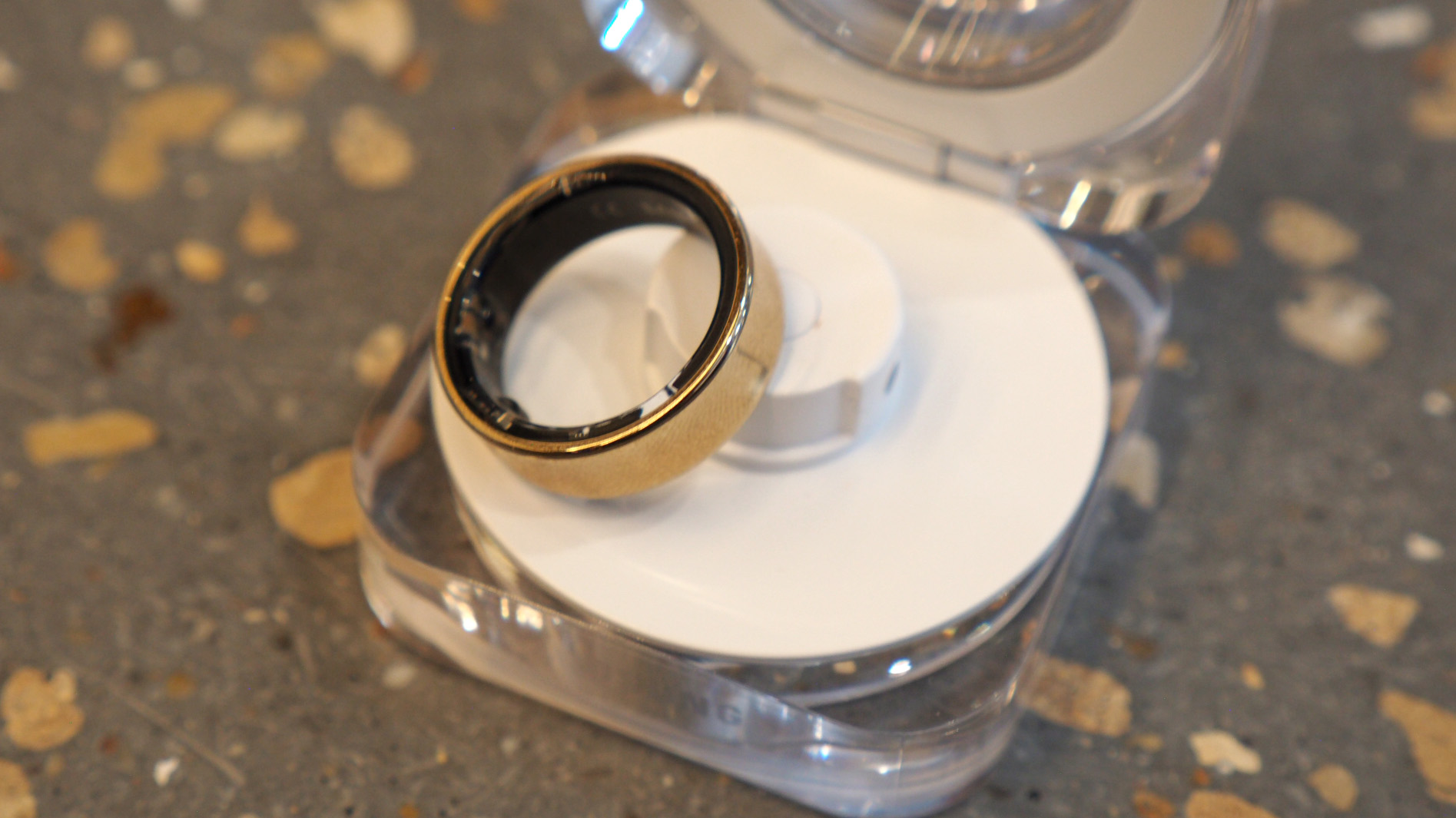

Having Popeye-like forearms isn't just about looking good in a shirt with the sleeves rolled up, or being able to squeeze open spinach cans with your bare hands whilst saying 'I can't stands no more.' No, having bigger forearms is a great way to get bigger arms overall as they are, obviously, next to your biceps and triceps. Trust us; we've asked doctors.
That's not all, however. Although getting stronger is usually treated as a goal in itself, regular resistance training exercise could help in your body's fight against ageing, according to certain studies. And, bizarre though it might sound on the face of it, having a strong grip – an improvement linked to having strong, Popeye-style forearms – could be a key indicator of longer life expectancy.
One study published in the journal Clinical Interventions in Ageing found grip strength – one of the less popular forms of strength training – was a useful 'biomarker' to measure well-being as you age. Grip strength was found to be concurrent with overall strength, upper limb function, bone mineral density, fractures, falls and malnutrition.
This does make some logical sense. After all, people tend to get weaker as they get older. Having a strong grip means navigating stairs, banisters and being able to lift heavy objects easier, with less chance of falling. This would decrease the amount of falls in older people: with a strong upper body, you'll be able to steady yourself.
The more muscle you have, the longer it takes to atrophy and waste away, and should you continue to build that muscle by training weights well into your retirement, you'll stay active for much longer. You'll also need a higher protein intake to maintain that strength, accounting for a decreased risk of malnutrition.
Another piece of research from University College London, published in the British Medical Journal, seemed to reach a more alarming conclusion: that weak grip strength could be seen as a biomarker of an early death.
As discussed in this NHS.com feature on the research, it may not be right to draw too many firm conclusions from said research… but it is pause for thought, let's face it.
Sign up to the T3 newsletter for smarter living straight to your inbox
Get all the latest news, reviews, deals and buying guides on gorgeous tech, home and active products from the T3 experts
It is entirely possible that other factors could accidentally cause grip strength to appear to be a more important metric than it really is. But it's still worth doing some strength training at any age, and possibly avoiding an early grave always seems like a good motivator to us.
- 3 reasons why you should follow a push-pull workout routine when gyms reopen

There’s more. The Clinical Interventions in Ageing study also found a link between grip strength and mental health. The study mentioned a positive correlation between increased forearm strength and cognitive impairment, depression, sleep problems, diabetes, multimorbidity, and quality of life.
We're not being so glib as to say 'do these exercises to cure depression,' but many studies – too many to list here – do show a clear correlation between regular exercise and more positive mental health.
The endorphins released during strenuous exercise are proven to induce feelings of euphoria, and dopamine (the brain's 'happy chemical') is released on the achievement of a goal, such as lifting a weight that used to be too heavy for you. The scientific journal Comprehensive Physiology even found regular exercise could help to stave off cognitive diseases such as Alzheimers.
So with all this in mind, what's the best exercise to increase your grip strength? One great way to do so is Zottman curls, a move in which you perform a dumbbell curl as normal, but rotate your hand before lowering the weight slowly, so that your fingertips are facing the floor. The twist and pronated lower under control places a lot of stress on your forearms, helping you develop grip strength (and look the business in rolled-up sleeves).
The other answer is to lift heavy with any big 'pull' exercise. Pull-ups, weighted pull-ups, heavy deadlifts and rows... you get the idea. Squeeze the bar really tight while performing the lift and don't let up: it's by far the best way to test, and improve, your forearm strength. If you want a better life, it's time to get a grip. Before you can’t stands no more.
Liked this?
Matt Evans now works for T3.com sister brand TechRadar, covering all things relating to fitness and wellness. He came to T3.com as staff writer before moving on, and was previously on Men's Health, and slightly counterintuitively, a website devoted to the consumption of Scotch whiskey. In his free time, he could often be found with his nose in a book until he discovered the Kindle.
-
 In the future, you might never have to take off your Galaxy Ring to charge it
In the future, you might never have to take off your Galaxy Ring to charge itA newly uncovered patent reveals Samsung is working on a wearable charger for its Galaxy Ring, and it makes a lot of sense
By Matt Kollat
-
 Google just added a new Gemini video creation tool I never knew I needed
Google just added a new Gemini video creation tool I never knew I neededGemini Advanced just added Veo 2 video generation
By Mike Lowe